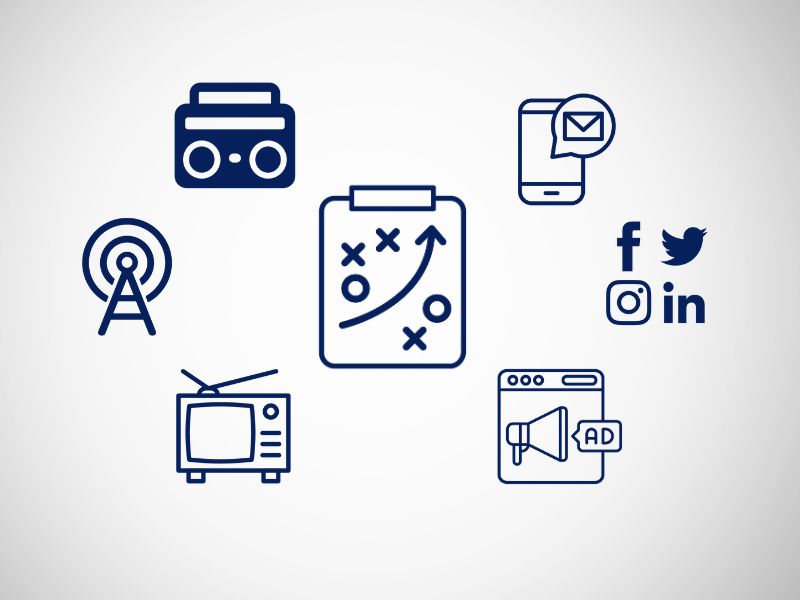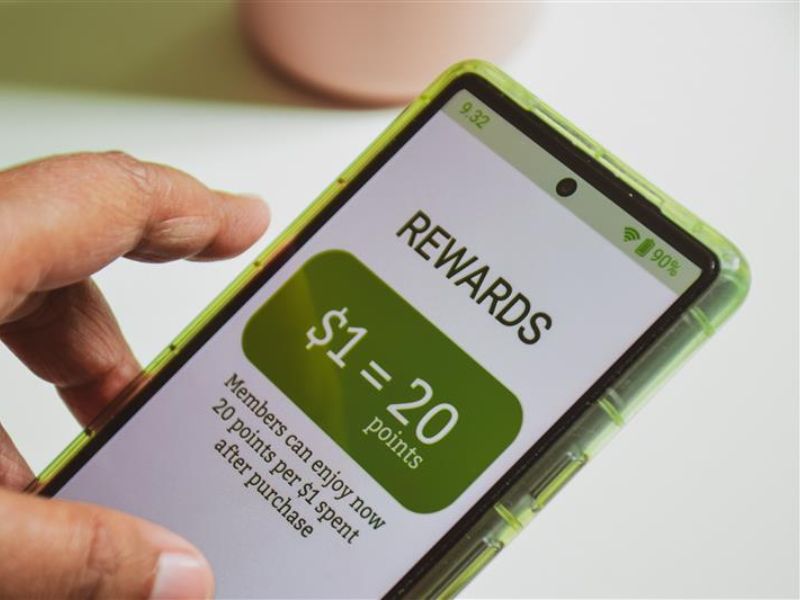
Telehealth's Rapid Rise: Strategies for Healthcare Marketers

Covid-19 significantly transformed healthcare, leading to the growth of several key areas including home healthcare, mental health services, digital health technologies, and telehealth. The pandemic accelerated the adoption of these services as healthcare systems adapted to new challenges and patient needs. This shift not only improved access to care but also highlighted the importance of flexible and resilient healthcare delivery models.
Telehealth’s Growth and Market Potential
Telehealth’s growth was super-charged by safety concerns; the need to minimize physical contact to reduce the spread of the virus, which made telehealth a safer alternative for both patients and providers. Today, telehealth utilization has gained in popularity as a convenient way to manage personal healthcare and is in its ascendency. The telemedicine market was valued at $35.75 billion in 2024 and is expected to reach approximately $160.45 billion by 2034, according to Nova One Advisor.
Rural Area Opportunities
Telehealth has the potential to reduce health disparities by providing access to underserved populations. It can minimize challenges such as transportation issues and improve the quality, safety, and effectiveness of healthcare in rural areas. During the pandemic, telehealth appointments surged to 28% of all office visits in early 2020. However, this number leveled off to 8-10% after just two years, primarily due to barriers such as lack of internet access, digital literacy challenges, and the reluctance of both patients and providers to use the technology. Despite these challenges, rural healthcare organizations are pushing forward with telehealth implementation to address long driving distances and an understaffed workforce.
AI in Telehealth
Artificial Intelligence (AI) is helping to make telehealth more efficient, accurate, and patient-centered. When integrated with telehealth, AI algorithms can analyze patient data to make treatment plans personalized and extends to real-time tracking of patient vitals, alerting healthcare providers to potential health issues before they become critical. Equally important, AI can help with administrative tasks so doctors and nurses can focus on providing care to the patient. AI tools have been shown to reduce staff burnout by streamlining operations and enhancing diagnostic accuracy. This integration promises a future where healthcare is more accessible, efficient, and patient-centered.
Telehealth Technology Wins for Doctors and Healthcare Systems
- Telehealth allows doctors to reach a broader patient base
- Technology allows for remote monitoring, which helps with early detection of issues
- Reduced wait times and optimized healthcare resources result in enhanced efficiencies
- Collaboration across healthcare teams improve quality of care
Telehealth Wins for Healthcare Service Lines
Cardiology
Telehealth has become an integral part of heart care, offering numerous benefits for both patients and healthcare providers. Wearable devices have become increasingly important in cardiology for monitoring and managing heart health. Medical monitoring devices can collect and transmit health data such as heart rate, blood pressure, and oxygen levels to detect issues early and adjust treatment accordingly without the need for in-person visits. Virtual consultations reduce the need for patients to travel to the doctor’s office. Supervised rehab programs can review activity routines and diets via the platform. There are even virtual support groups to help patients living with heart disease.
Pediatrics
Anyone with children knows life can be hectic and there aren’t enough hours in the day to get everything done. A recent Healthcare Dive study revealed that virtual care can significantly reduce parental burnout. Parents, especially those with children facing physical, mental, or social challenges, experience high levels of stress and burnout. Virtual care offers a solution by making routine check-ups and follow-ups easier to “attend”, ensuring children receive consistent care. This accessibility helps parents manage their own health and their children's health more effectively, leading to better overall well-being and reduced stress levels.
How Healthcare Marketers Can Succeed in Telehealth Marketing
As telehealth continues to grow, healthcare marketers play a crucial role in promoting the services. Effective telehealth marketing strategies include:
Segment Your Audience
Tailor your marketing strategies to different generational preferences. Use targeted ads and personalized content to reach each demographic effectively.
- Gen Z gathers information through short videos, gamification, and peer to peer recommendations.
- Millennials respond to interactive messaging (quizzes, polls, Q&A sessions) and positive reviews or patient testimonials to build trust.
- Gen X leans into blogs, articles, and webinars.
- Boomers appreciate convenience; however, some may not be as versed with using digital platforms creating potential issues with efficiencies and effectiveness
Leverage Influencers
Collaborate with influencers who resonate with your target audience, especially for Gen Z and Millennials. Influencers can effectively communicate the benefits of telehealth, making it more relatable and accessible to younger audiences who are already engaged with digital platforms.
Create Engaging Content
Use a mix of videos, interactive content, and informative articles to keep your audience engaged. Shorter videos can be particularly effective, as they capture attention quickly and can link to more in-depth information about telehealth services.
- Highlight success stories: Share patient testimonials and success stories to build trust and showcase the benefits of telehealth. Authenticity in messaging is a key principle; ensure that these stories are genuine and relatable to create a stronger connection with your audience.
- Simplify the user experience: Ensure your telehealth platform is user-friendly, especially for Boomers. Provide clear instructions and provide robust customer support.
- Address barriers: Highlight efforts to improve internet access and digital literacy in rural areas. Leveraging libraries or local public organizations can provide additional ways for underserved populations to access telehealth services.
A Marketing Opportunity for Healthcare
Telehealth continues to grow not only from a new patient perspective, but also on the technology front. This game-changing service needs to continue to be accessible, convenient, efficient (for both parties), and most importantly, patient-centered. Telehealth services also help to reduce costs for both the patient (preventive care & early intervention) and the doctor (lower overhead & efficient use of resources).
Transform your healthcare marketing with our expertise in adapting retail strategies to drive results while respecting your brand's integrity. Let us help you shift to a retail marketing mindset and develop a roadmap to success with today's patients. Contact us today.


.jpg)

